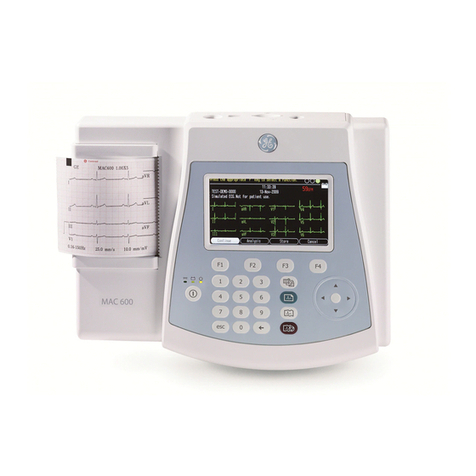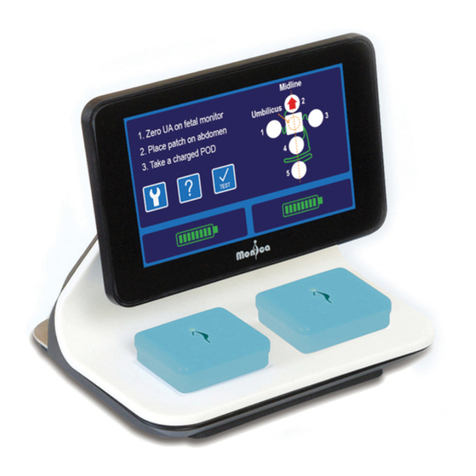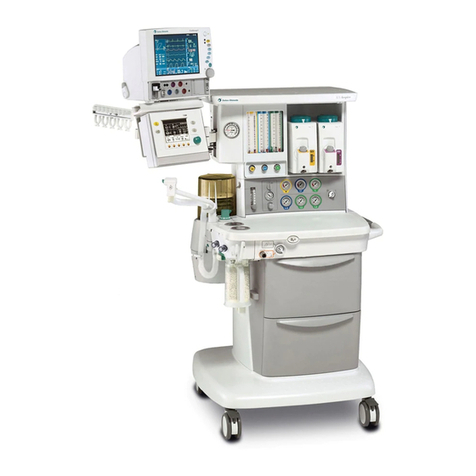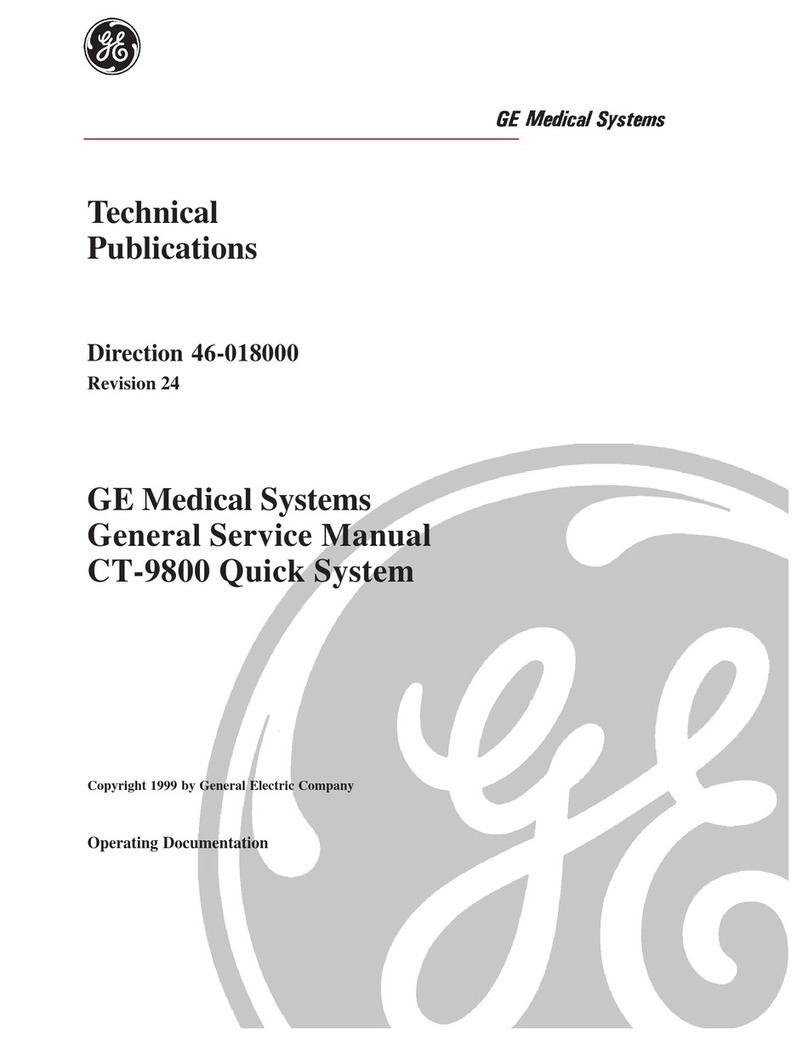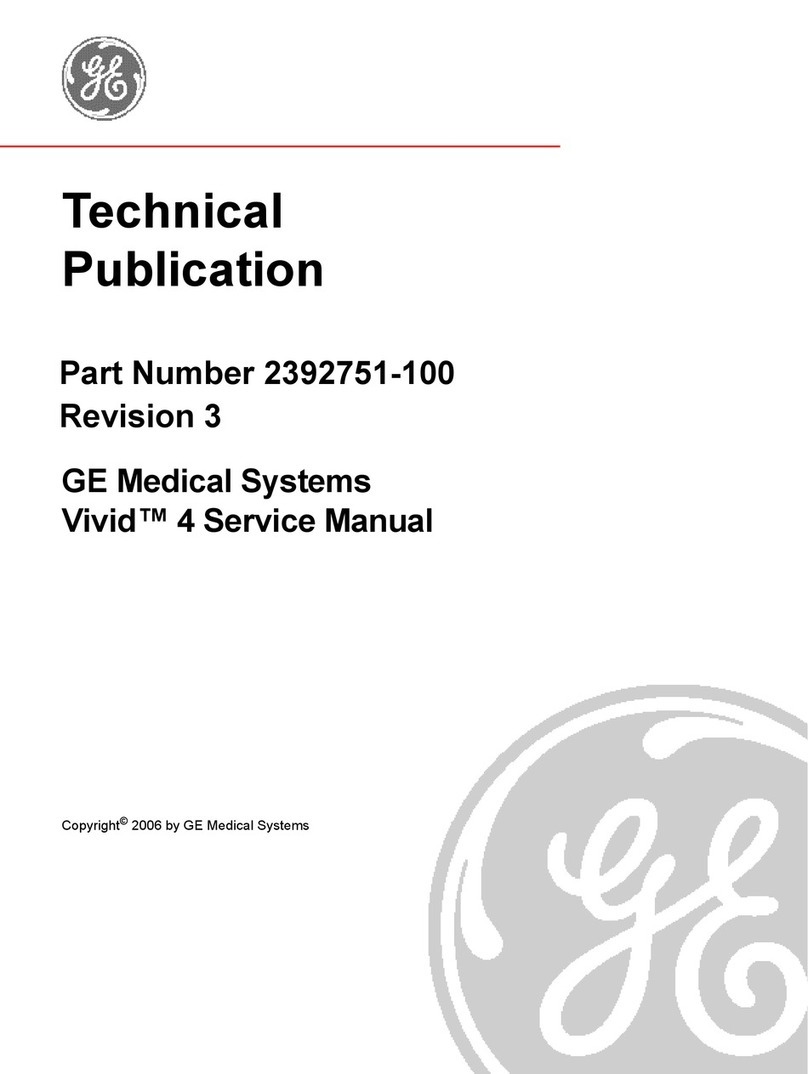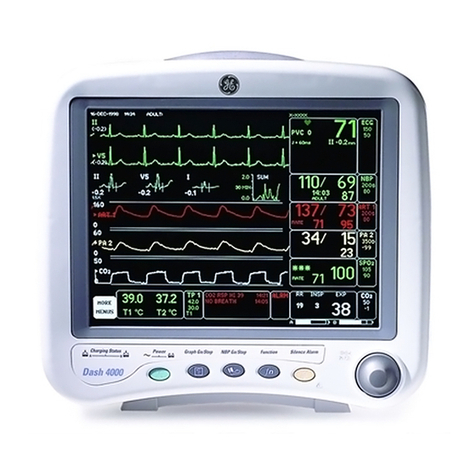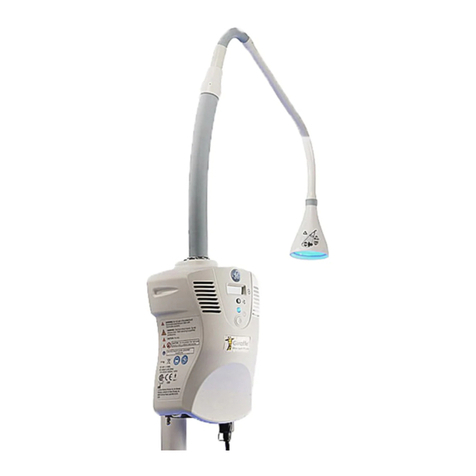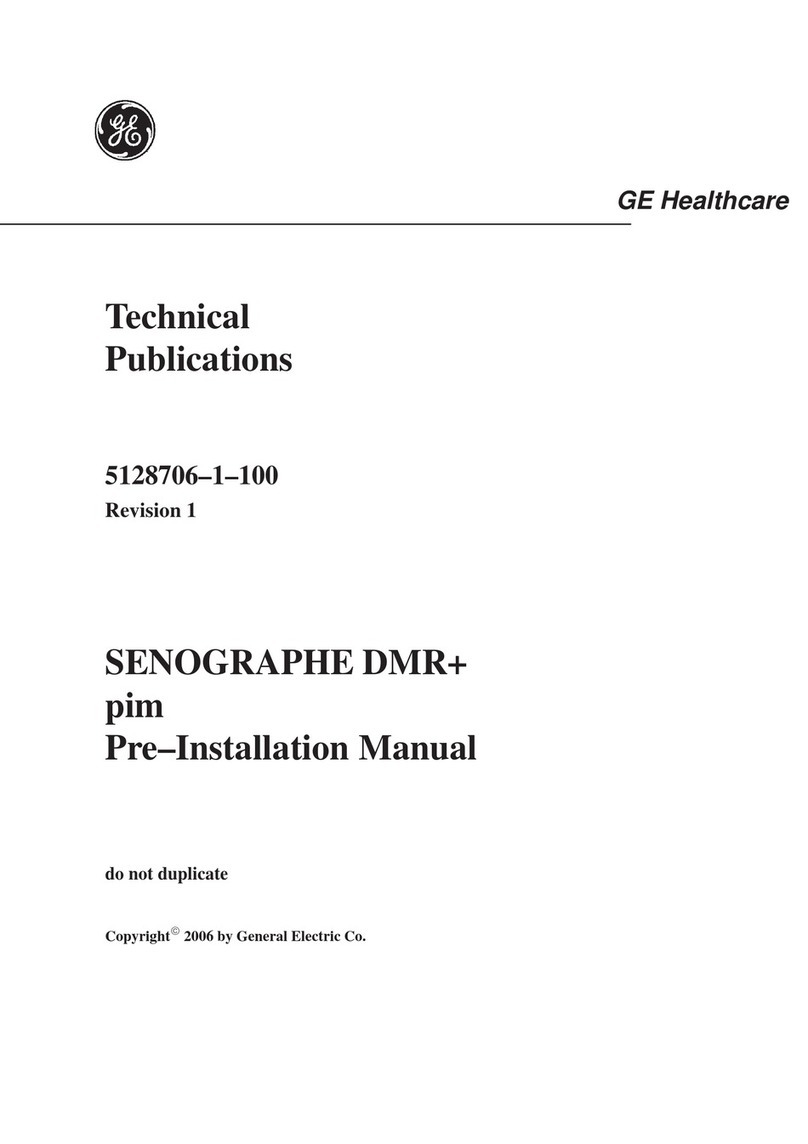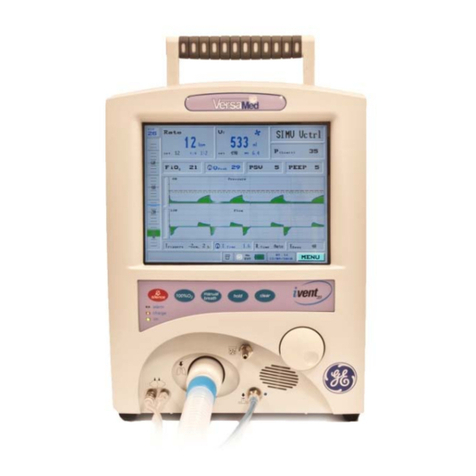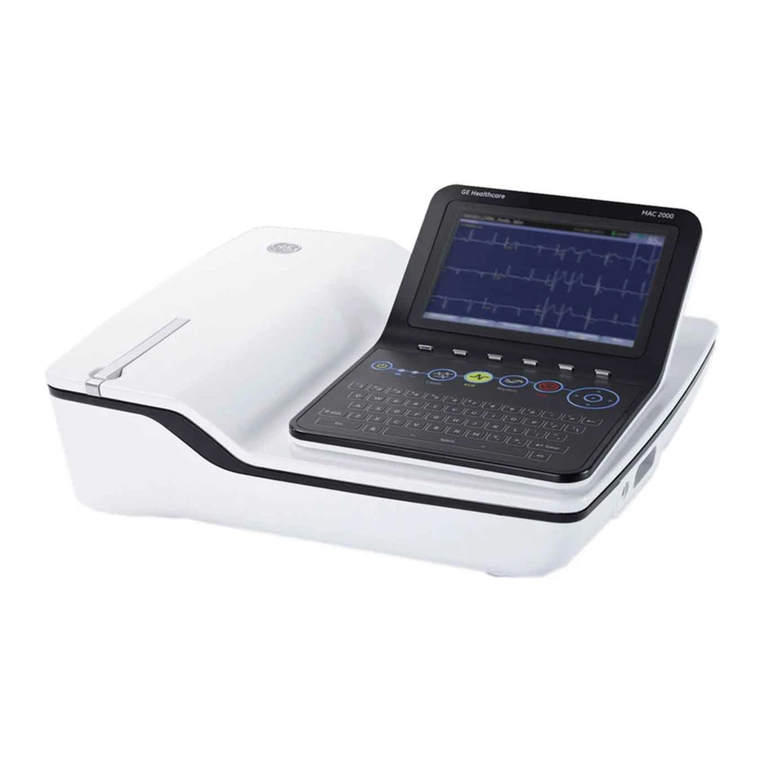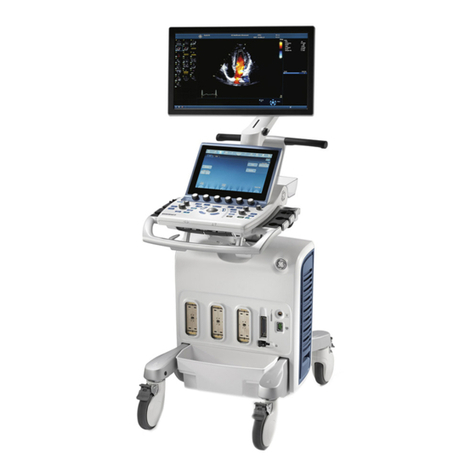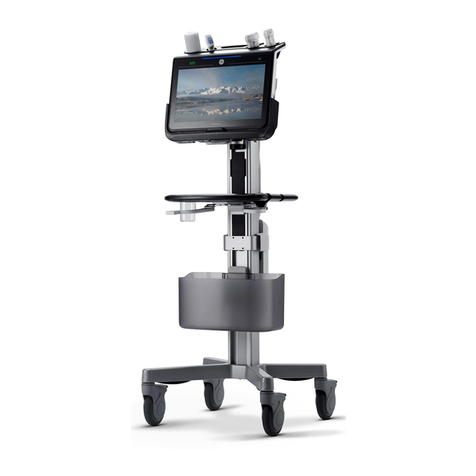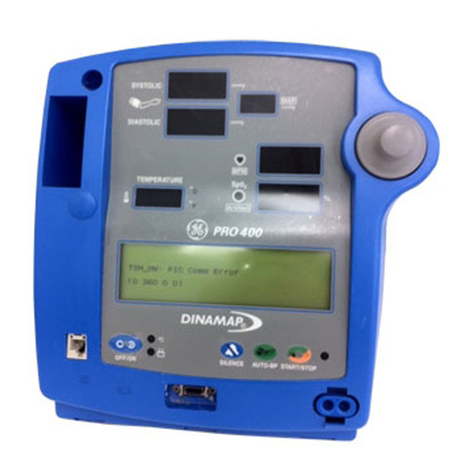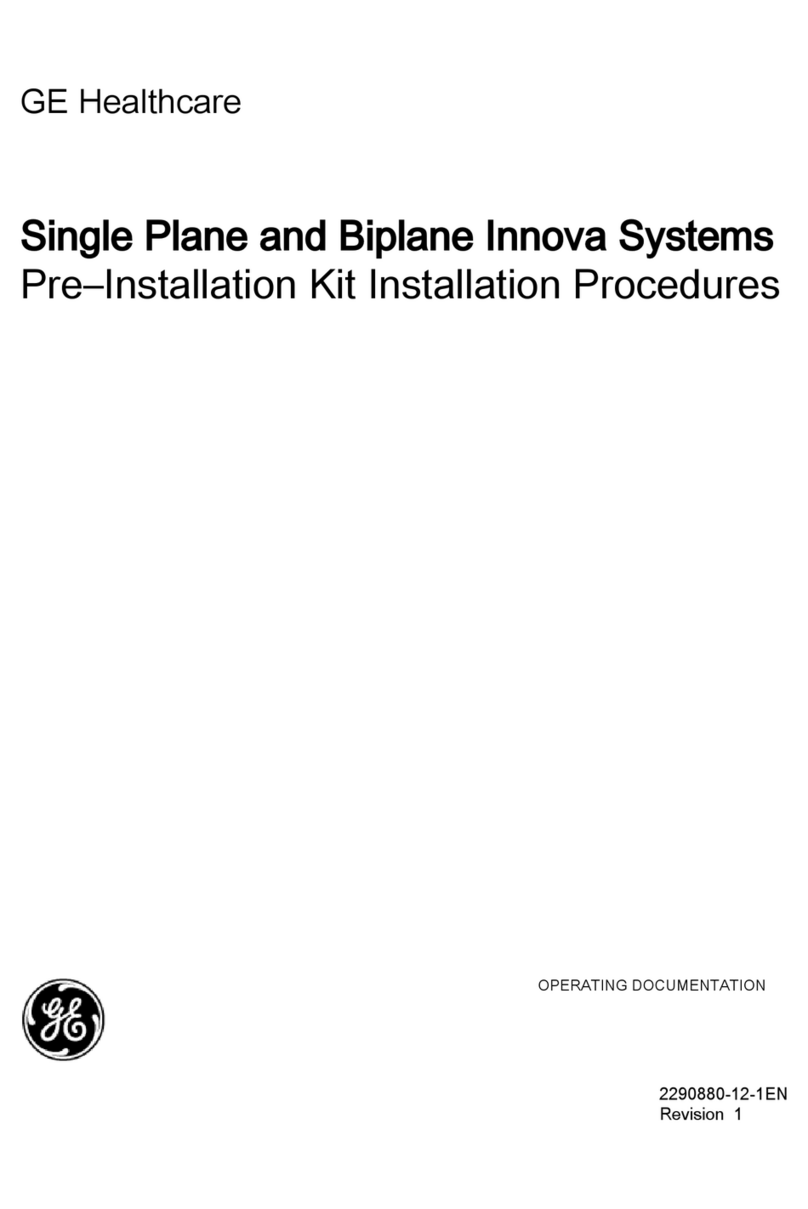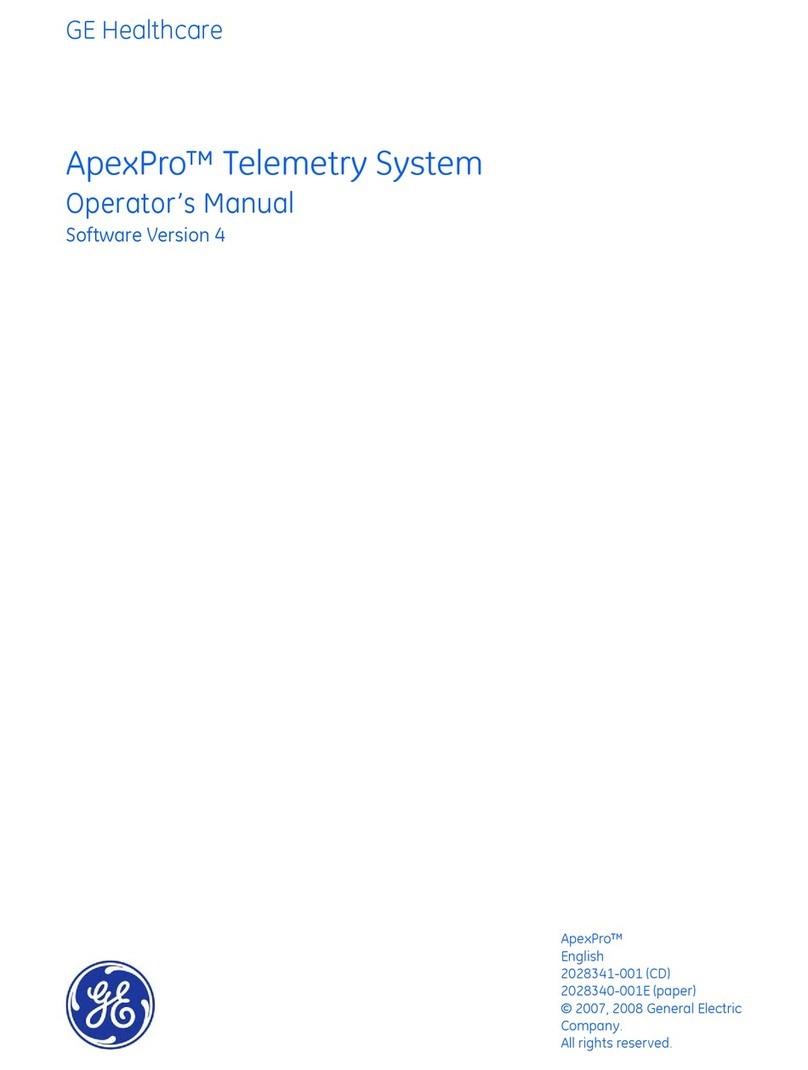Contents
Page vi
4.4. Workstation Controls.........................................................................................................................................4-17
4.4.1. Workstation Membrane Keyboard ..................................................................................................4-17
4.4.2. Touch Screen..............................................................................................................................................4-23
4.5. Image Quality Control .......................................................................................................................................4-23
Chapter5. Usual Operations..................................................................................5-1
5.1. Exam Management .............................................................................................................................................. 5-2
5.1.1. Create a New Exam................................................................................................................................... 5-2
5.1.2. Scheduled Exams Feature ..................................................................................................................... 5-3
5.1.3. Resume a Performed Exam................................................................................................................... 5-5
5.1.4. Edit Patient Information .......................................................................................................................... 5-6
5.2. Imaging Mode ......................................................................................................................................................... 5-7
5.2.1. Normal Fluoro Imaging............................................................................................................................ 5-9
5.2.2. High Level Fluoro Imaging ..................................................................................................................... 5-9
5.2.3. Digital Spot Imaging................................................................................................................................5-10
5.2.4. Pulsed Fluoro Imaging ...........................................................................................................................5-10
5.2.5. Low Dose Imaging ...................................................................................................................................5-11
5.2.6. Imaging Mode List....................................................................................................................................5-11
5.2.7. Modes of Operation: Engaging and Disengaging.....................................................................5-13
5.3. Image Review, Print and Archive .................................................................................................................5-13
5.3.1. Review Images...........................................................................................................................................5-13
5.3.2. Review Dose Information .....................................................................................................................5-17
5.3.3. Print, Export and Import........................................................................................................................5-24
5.3.4. Retrieve a Performed Exam.................................................................................................................5-29
5.4. Pediatric Use..........................................................................................................................................................5-29
5.4.1. General Instructions for Small or Pediatric Patients................................................................5-29
5.4.2. General Dose Planning ..........................................................................................................................5-30
5.5. Emergency Mode.................................................................................................................................................5-31
Chapter7. Radiographic Film.................................................................................7-1
7.1. Overview .................................................................................................................................................................... 7-2
7.2. Setup and Make a Film Exposure .................................................................................................................. 7-2
Chapter8. System Setup.........................................................................................8-1
8.1. System Information.............................................................................................................................................. 8-2
8.2. Date Time & Region .............................................................................................................................................. 8-3
